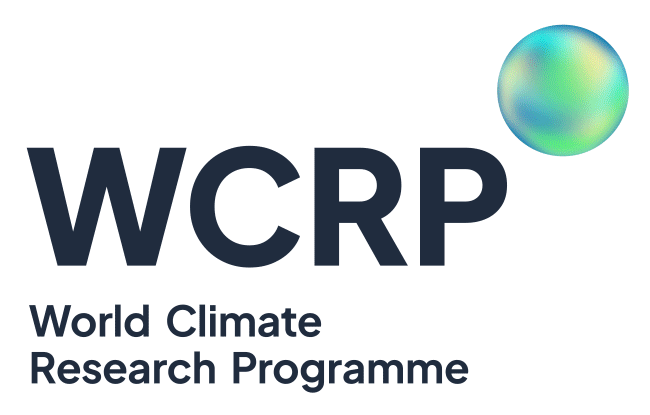Contact: Steve Krueger
There are a variety of cloud processes that affect the large-scale behavior of the climate system, but occur on scales too small to be represented explicitly in global numerical models used for climate and weather prediction. Scientists develop numerical representations or parameterizations to represent the behavior of these processes. It is generally recognized that inadequate parameterization of clouds is one of the greatest sources of uncertainty in the prediction of weather and climate. The GEWEX Cloud System Study (GCSS) will develop better parameterizations of cloud systems for climate models by an improved understanding of the physical processes at work within the following types of cloud systems:
- Boundary layer Cirrus Extra tropical layer Precipitating convective
- One method for testing parameterizations is called Single Column Modeling.
GCSS working groups representing each of the cloud systems under study, will perform the following activities:
Identify and develop cloud-resolving and mesoscale models appropriate for each cloud system type. Specify blueprints of minimum observational requirements for the development and validation of these models. Assemble, for particular cloud types, case-study datasets accessible to the community of (a) matched observations from satellites, surface and aircraft and (b) mode-derived synthetic data sets. Conduct workshops, including model intercomparisons using the above case study data sets. Use the datasets to derive a better understanding of the coupled processes within different types of cloud systems and to derive improved parameterization schemes for large-scale models.
GCSS Objectives
- Develop the scientific basis for the parameterization of cloud processes. Highlight key issues and encourage other relevant programs to address them. Promote the evaluation and intercomparison of parameterization schemes for cloud processes.
- The Second Science and Implementation Plan for the GEWEX Cloud System Study (GCSS) is available in PDF format on the web page above.

